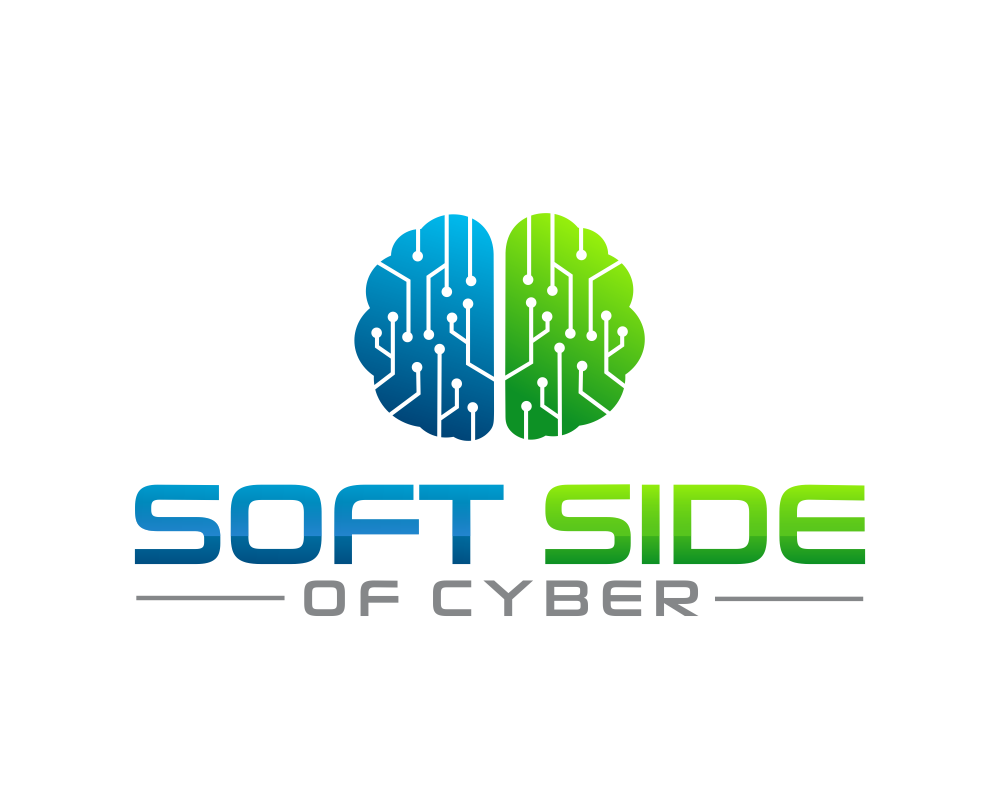
Adapting Cybersecurity Frameworks: Customizing Strategy for Organizational Success
Compliance frameworks like NIST 800-53, HITRUST, and ISO 27001 serve as guiding lights for organizations navigating the complex maze of security requirements. However, it's crucial to recognize that not all controls within these frameworks carry the same weight. Let's explore how to leverage the flexibility inherent in compliance frameworks while prioritizing alignment with business objectives. As far as soft skills go, this boils down to effective prioritization and decision making.
Understanding the Variability of Controls
When working with compliance frameworks, it's essential to acknowledge that not all controls are created equal. While each control aims to mitigate risk, the impact of non-compliance varies significantly depending on the nature of the control and its relevance to your organization's operations. For instance, a missing signature on a document may pose minimal risk compared to hardcoded secrets in your application's codebase. Understanding this variability allows you to prioritize your efforts and resources effectively.
To do this effectively, you also need to understand what is important to your organization.
Customizing Controls to Align with Business Goals
To truly harness the power of compliance frameworks, organizations must tailor controls to align with their specific business goals and risk profiles. This customization involves conducting a comprehensive assessment of your organization's operations, identifying critical assets and processes, and mapping them to relevant controls within the framework. By aligning controls with business objectives, you ensure that your cybersecurity efforts directly contribute to organizational success.
Balancing Compliance with Business Outcomes
While regulatory compliance is essential, it should not overshadow your organization's broader business objectives. A successful cybersecurity strategy strikes a delicate balance between compliance requirements and business outcomes, ensuring that security initiatives support, rather than hinder, organizational growth and innovation. This balance requires a deep understanding of your business's unique needs, challenges, and opportunities.
Prioritizing Alignment and Integration
Effective cybersecurity governance requires a holistic approach that integrates compliance and security goals with broader business outcomes. By prioritizing alignment with business objectives, organizations can ensure that cybersecurity initiatives are not only compliant but also strategic enablers of organizational success. This integration involves fostering collaboration between cybersecurity and business stakeholders, promoting a shared understanding of risk, and aligning security initiatives with business priorities.
In Conclusion: Tailoring Security for Organizational Resilience
Wrapping up, compliance frameworks provide a solid foundation for cybersecurity governance, but their true value lies in their flexibility and adaptability. By customizing controls to align with business goals, prioritizing integration with broader organizational objectives, and fostering a culture of collaboration, organizations can craft resilient cybersecurity strategies that support sustainable growth and innovation. Remember, cybersecurity is not just about compliance—it's about empowering your organization to thrive in an ever-changing digital landscape.
